The iPhone X, the Samsung Galaxy Note 8, and the Google Pixel 2 are some of the latest and the greatest smartphone cameras out there. They handle pretty much all types of light and produce incredible images. But can they compete with “proper” cameras? Marques Brownlee compares smartphone camera portrait modes with the Hasselblad X1D:
The most significant difference between a smartphone camera and a DSLR or medium format camera (at this point in time) is the smartphone’s lack of sensor large enough to produce shallow depth of field effects. A large sensor camera uses the plane of focus to determine what should be in focus or out of focus. Everything in that plane of focus is sharp while anything out of that plane of focus is blurry.
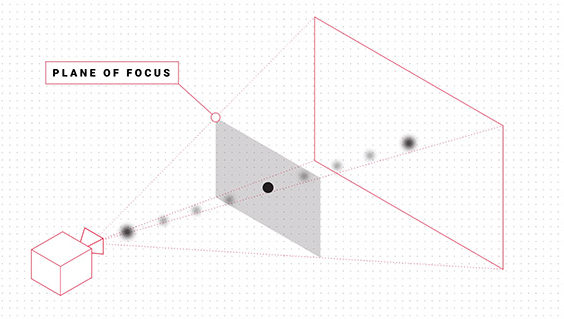
Large Sensor Camera
A small sensor camera has a very wide fixed aperture. Together with the small sensor it brings into focus almost anything that it finds in front of it.
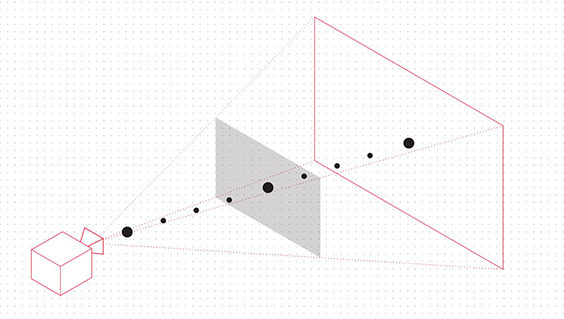
Smartphone Camera
Edge Detection
The trick to realize the soft out of focus effect is to ensure that your subject has a clearly defined edge—or get extremely close to the subject.
Different smartphone manufacturers use different technology for edge detection. In the case of iPhone X, for example, the face gets the priority—it remains sharp and everything else is blurred out, even if some of the other elements in the image are in the same plane of focus and should technically be in focus.
The Galaxy Note 8 does a better job, but it’s not perfect.
The Google Pixel 2 produces what is probably the most artificial looking and yet (strangely) pleasing to the eye result.
The trick to get beautiful background blur is in controlling the distance between the subject (and therefore the plane of focus) and the background, and not just the focal length that you are using. So anything that is farther away from the plane of focus will be more blurred. Alternatively, anything that is closer to the plane of focus will be less blurred.
Smartphones are getting better at being able to do this.
Here are a few examples of how the best of the current crop of smartphones are doing it alongside the Hasselblad X1D.
The results are pretty impressive. The Google Pixel 2 probably achieves a look that’s closest to the Hasselblad’s result.
For portrait mode to work as expected on a smartphone you have to keep an eye on a number of other aspects. With a DSLR or a medium format camera, if you can control the aperture well, you will always have shallow depth of field. Then there are non-human subjects, which smartphones struggle to comprehend; background blur isn’t always predictable when using portrait mode in those cases.
As smartphone cameras improve, the gap between smartphone cameras and “proper” cameras is narrowing. Having said that, DSLRs and mirrorless cameras are still in demand because of their large sensors and what they are capable of achieving. But smartphone cameras dominate the scene when it comes down to convenience and portability.
Like This Article?
Don't Miss The Next One!
Join over 100,000 photographers of all experience levels who receive our free photography tips and articles to stay current:
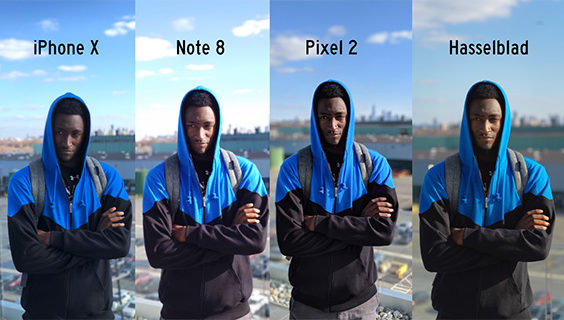
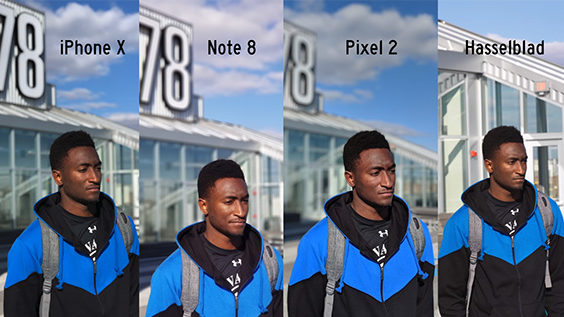
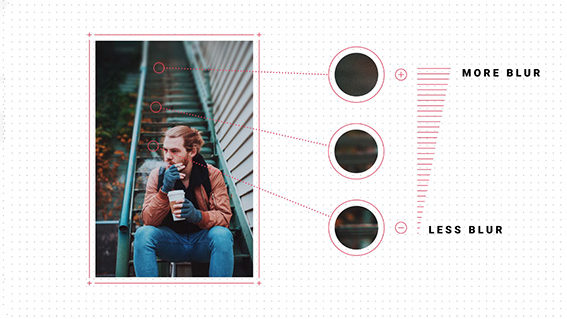
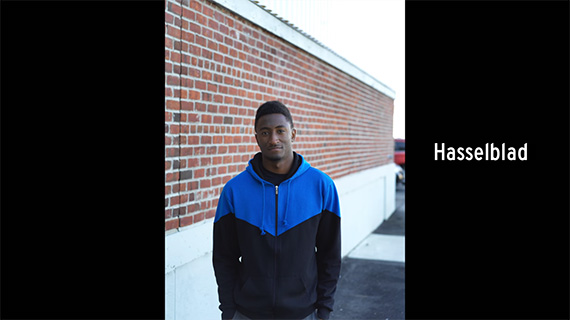
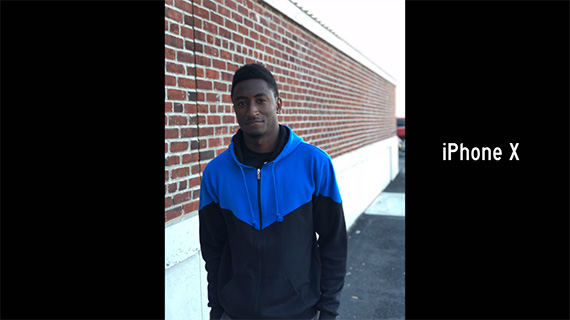
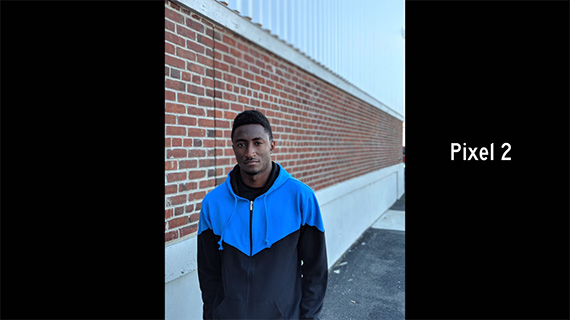
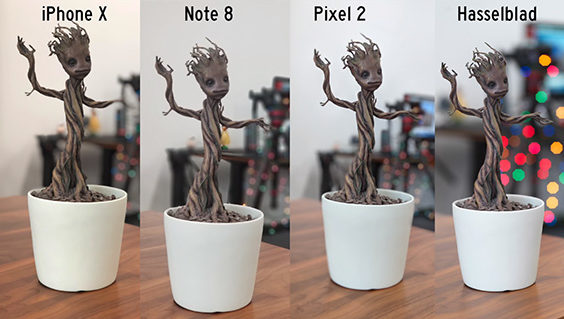






I really enjoyed this video. I am amazed how good a smartphone can be for taking photographs. 98% of the time I use a aps-c or a full frame camera. I had never really compared smartphone vs dslr until I forgot a memory card for my camera on a hike to a waterfall. I had my iphone and made do with that for photos. When the light was really good my smartphone did a decent job. The smartphone photos that did not have great light or when there was a wide range of highlights and shadows results were really bad by comparison. I tried to pull some detail out of some of the dark areas and the data just wasn’t there. The noise in photos with marginal lighting was very noticeable and was more difficult to get rid of in post processing. I am impressed with how far smartphones have come but you can’t change the laws of physics especially with a tiny lens and sensor combination.